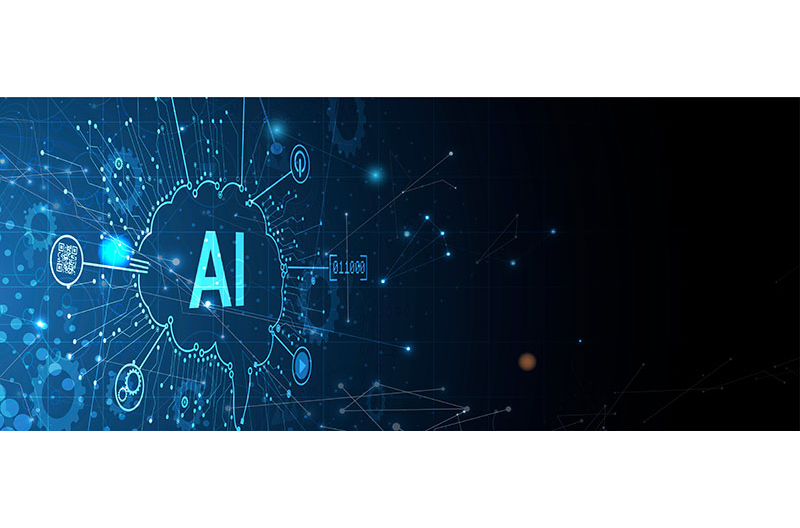As a grocery retailer, are you using artificial intelligence? You probably are and may not realize it. AI is already a part of many of the functions of e-commerce as well as other tech functions that many grocers are using.
But what’s the next step – what else can AI do for independent grocers to help streamline and grow their businesses?
NGA hosted a recent webinar in which experts at Instacart explored examples of what AI can do for your operation and how you can leverage it further. Presenters included Nick Nickitas, GM for local and independent grocery at Instacart, and Neil Nimkar, Instacart sales engineer.
Here are some key takeaways from the discussion:
You might be using AI and not even know it. AI is used for image and object recognition tasks, such as facial recognition, object identification, autonomous vehicles and medical imaging analysis. Many smartphones and tablets use AI-driven facial recognition as one of the biometric authentication methods. Its techniques are used in natural language processing to understand and analyze human language, enabling applications like chatbots, speech recognition, sentiment analysis and language translation.
AI is changing grocery in several ways. AI can help personalize searches, make relevant product recommendations and build baskets by understanding customer buying patterns. In order fulfillment, it helps design efficient picking and delivery routes to minimize costs.
AI can help fight crime. AI algorithms can detect patterns and anomalies to help identify fraudulent activities in various sectors, including finance, insurance and cybersecurity. Transaction monitoring and e-commerce fraud protection use it to analyze various parameters like customer behavior, transaction data and device information to identify fraudulent activities.
AI can help with customer service. To deliver faster support, AI-powered virtual assistants provide voice-controlled access to information, perform tasks and assist with daily activities such as looking up facts or finding store hours and directions.
What is generative AI? It refers to technology that can generate new content, such as text, images, music or even video without direct human input. It typically relies on deep learning models, such as neural networks, that are trained on large datasets to learn patterns and generate new outputs. For example, ChatGPT is a generative AI model that can generate human-like responses to text inputs.
What does that mean for your customers? In grocery, AI can help plan meals and generate recipes based on what consumers have in their fridge or pantry and suggest new ideas based on those contents. Additionally, it can potentially enhance the shopping experience by connecting online and offline activities to enhance discovery, unify ordering and make checkout frictionless. AI also can inspire customers in-store to discover new products with companion digital content, relevant recommendations and new ordering experiences.
What does that mean for retailers? AI can help improve the efficiency of store operations, unlock increased customer value and allow store associates to focus on delivering better customer experiences. The building blocks of AI allow operators to deliver scalable customer experiences while avoiding costly new store builds, with an integrated technology ecosystem.
Where should you start? Pick one or two applications to try. For example, are your users finding what they need from your search bar? Are you able to fulfill online orders efficiently? Are you ready to go from self-checkout to smart carts?
For more exclusive insights about AI and how Instacart can help, view a recording of the complete webinar at https://attendee.gotowebinar.com/recording/8033564551223626847.
Read more association news from The Shelby Report.

